The USDA estimates that up to 40 percent of the food we purchase regularly goes to waste.
Not only does food waste contribute to methane emissions (which are basically harmful greenhouse gases), they also create problems for people who are an a stricter food budget.
Chris Taylor, a writer at Reuters, talked to a couple of chefs and restaurateurs to get their opinion on conserving food waste.
In his article, he delivers tips from these food industry experts, stressing that making use of every last scrap of food could help households save up to $1,500 a year.
Just as we can make delicious meals out of foods that may look "imperfect" or ugly, we can save all the bits and ends of food that we're about to throw away in the trash.
Scroll on to find out the ways you can save 10 different types of foods, and let us know your thoughts in the comments below!
[H/T: Reuters]
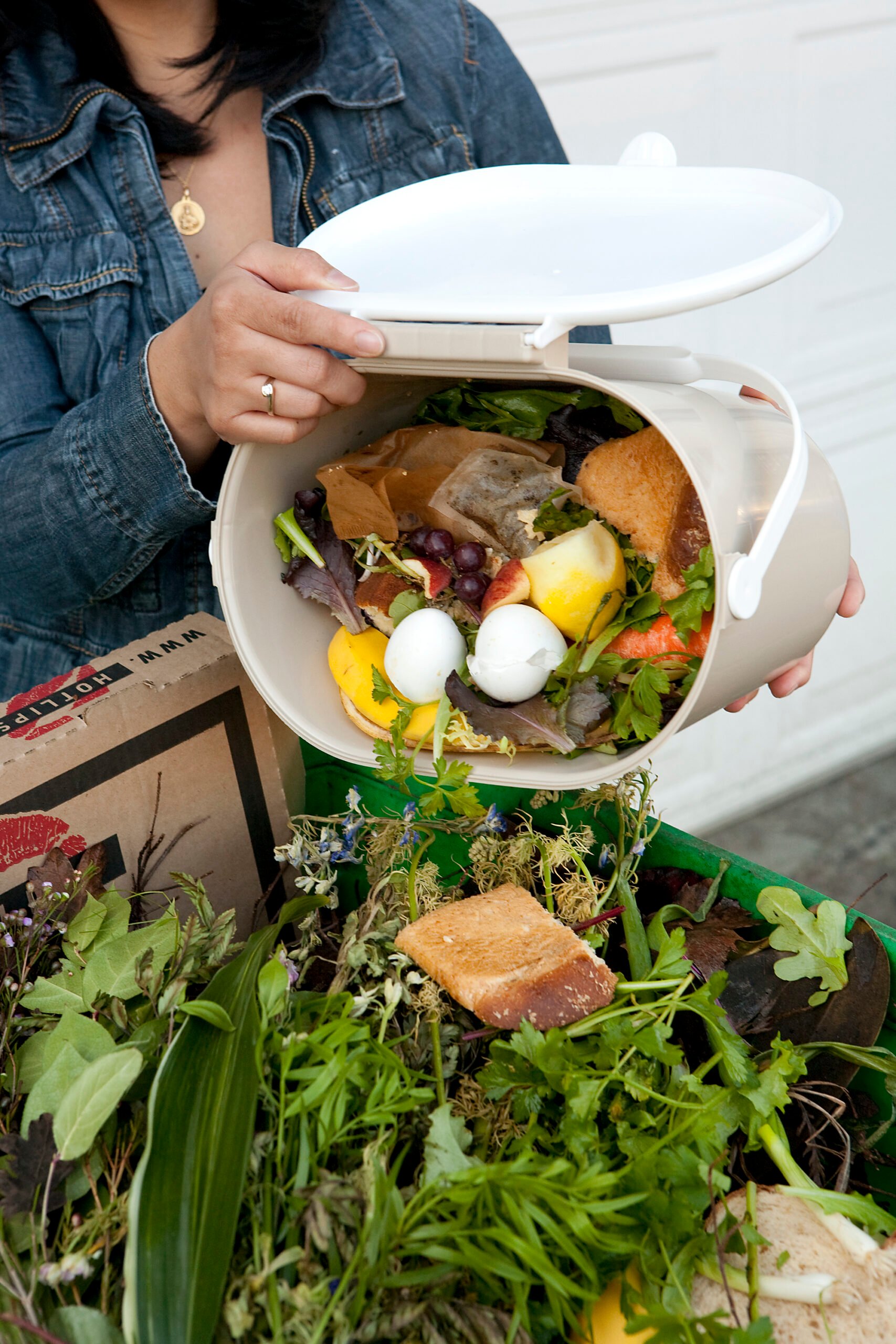
In October 2015, the United Nations Environment Programme estimated that in total, consumers in industrialized countries waste up to 222 million tons of food.
In North America alone, organic wastes are the second-highest sources of methane emissions, which contribute to damaging greenhouse gases.
And on a regular basis, 30 to 40 percent of the food produced in America goes to waste.
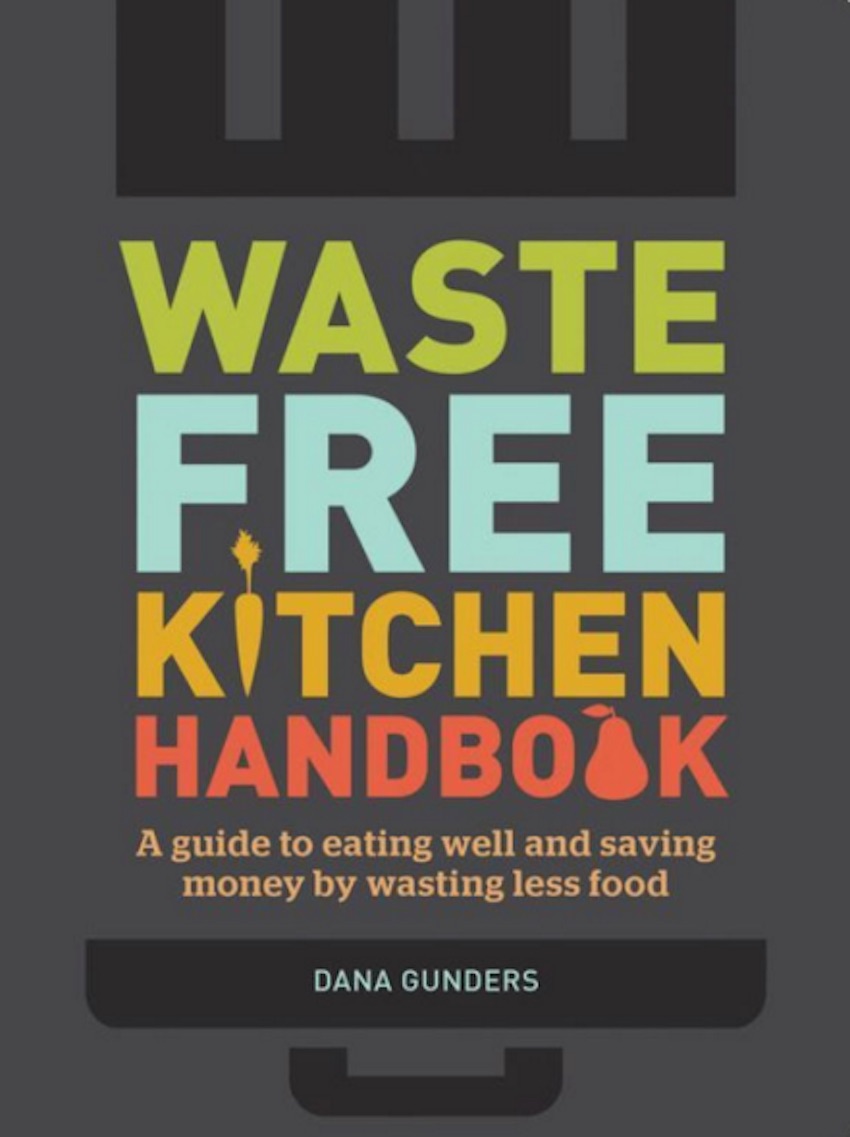
Many food industry experts, scientists, and researchers are looking for solutions to food waste, and for the most effective ways that ordinary households can conserve their food.
Dana Gunders, scientist and author of the Waste-Free Kitchen Handbook, estimates that a staggering 20 percent of our purchases end up being dumped into the trash can.
She argues that food waste accumulates slowly over time, but that no one consciously wants to waste food or money.
She gives 85 tips for minimizing food waste in her book, including instructions on how to shop for meals ahead of time, and on how to store food properly.
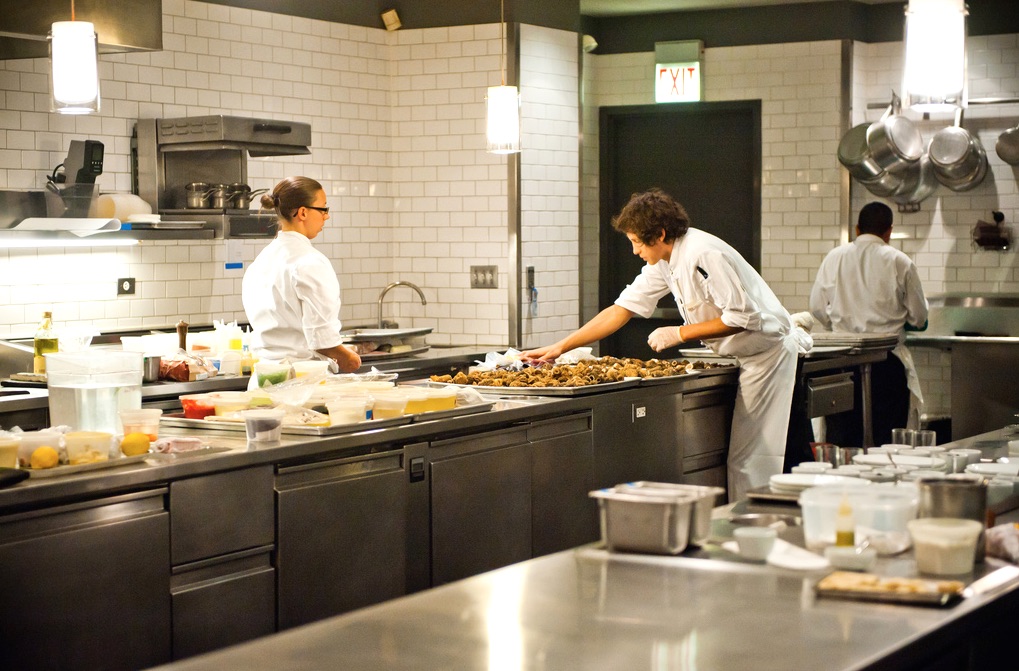
In an article for Reuters, author Chris Taylor interviews a few chefs and restaurateurs to find out their suggestions for conserving food.
Below is an adaptation of his findings, as well as a few of our own tips.
Families can follow these suggestions to save up to $1,500 a year!
Tip #1: Potato Scraps
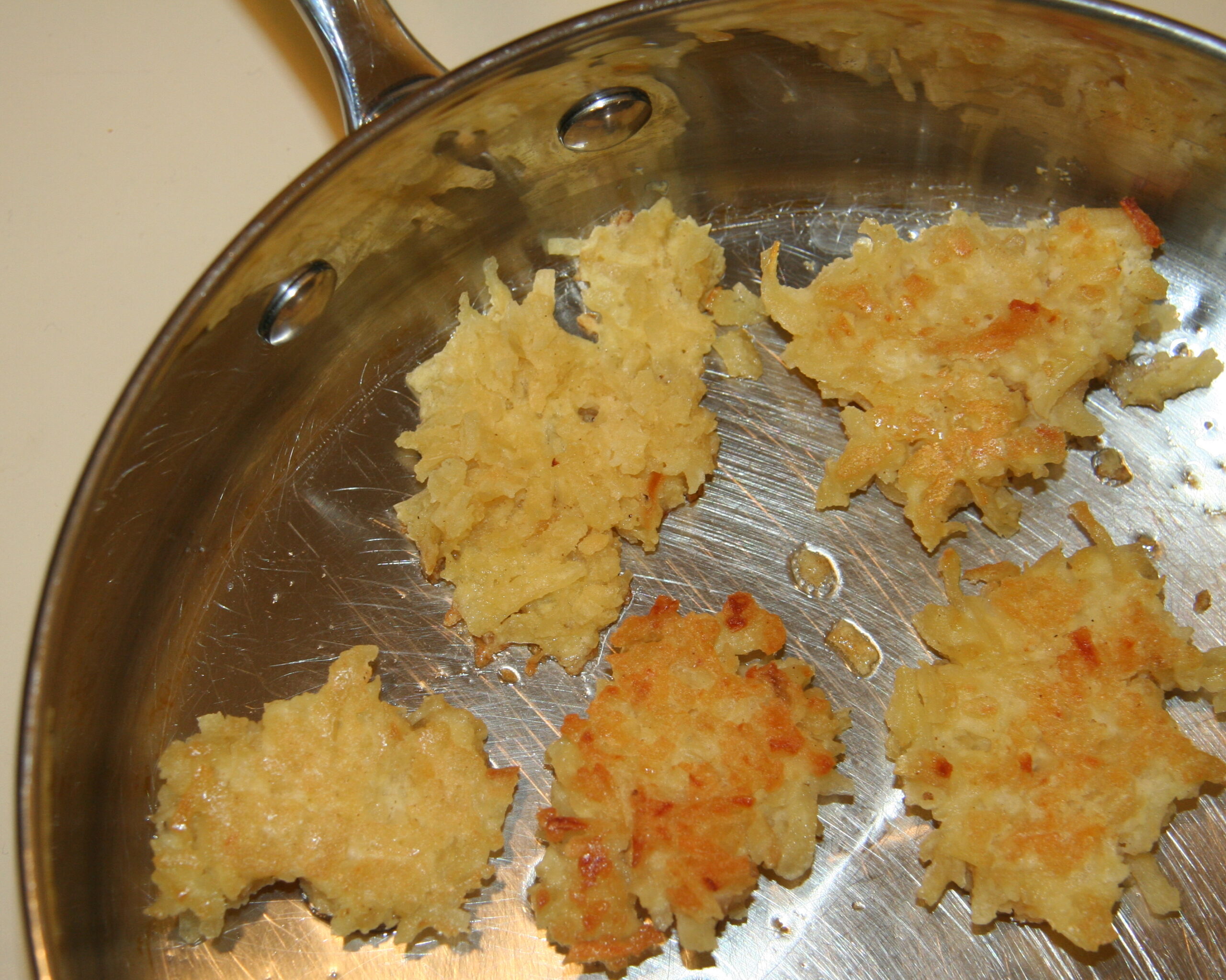
Bruce and Eric Bromberg, the brothers behind the Blue Ribbon Restaurants, recommend using potato scraps to make fluffy potato pancakes.
Tip #2: Plant Scraps
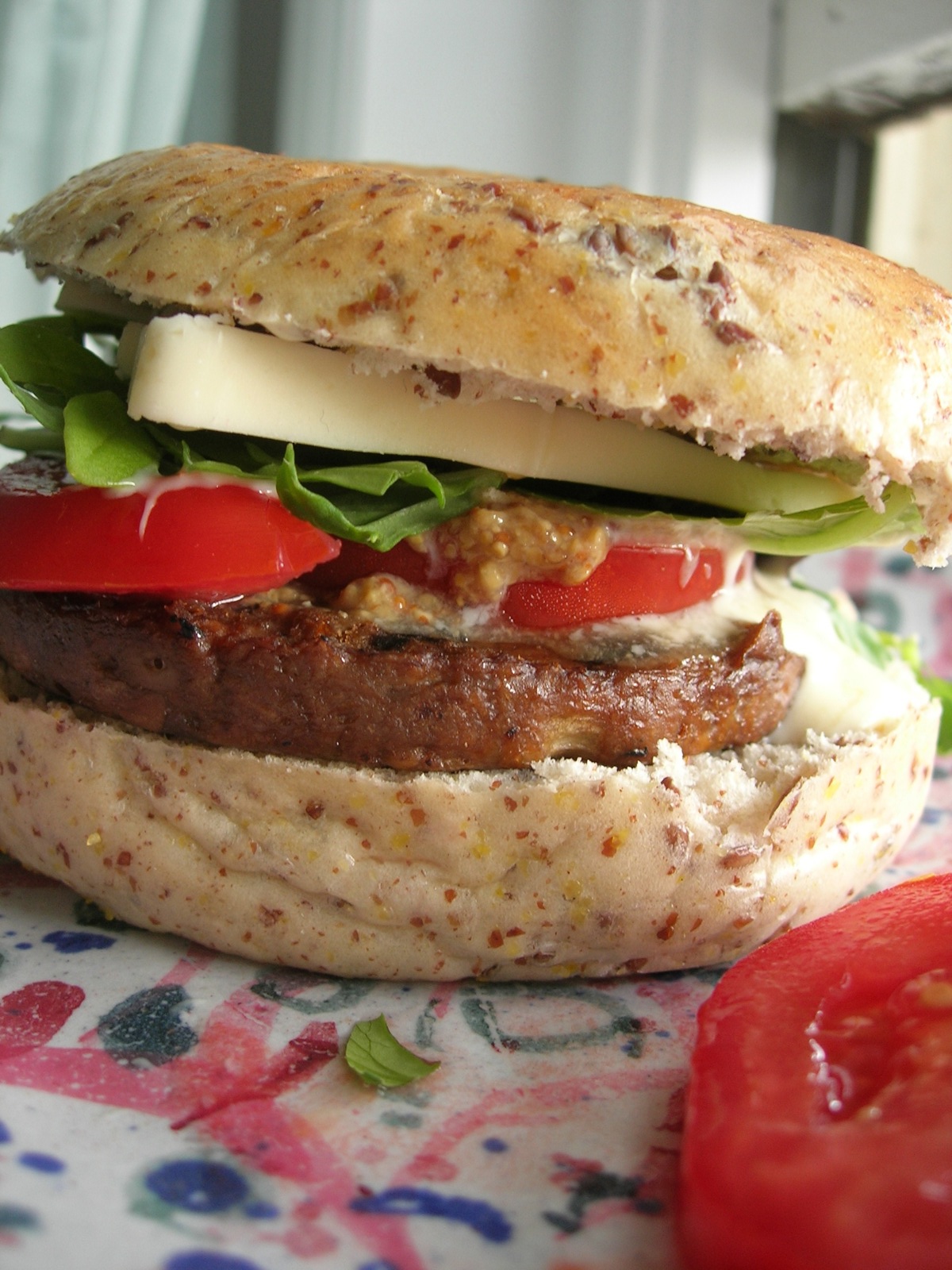
Troy Guard, chef-owner at Denver's TAG Restaurant Group, recommends using plant scraps like carrot peels, leftover brown rice, mushroom stems, and tomato pieces to make a delicious veggie burger.
Tip #3: Bones
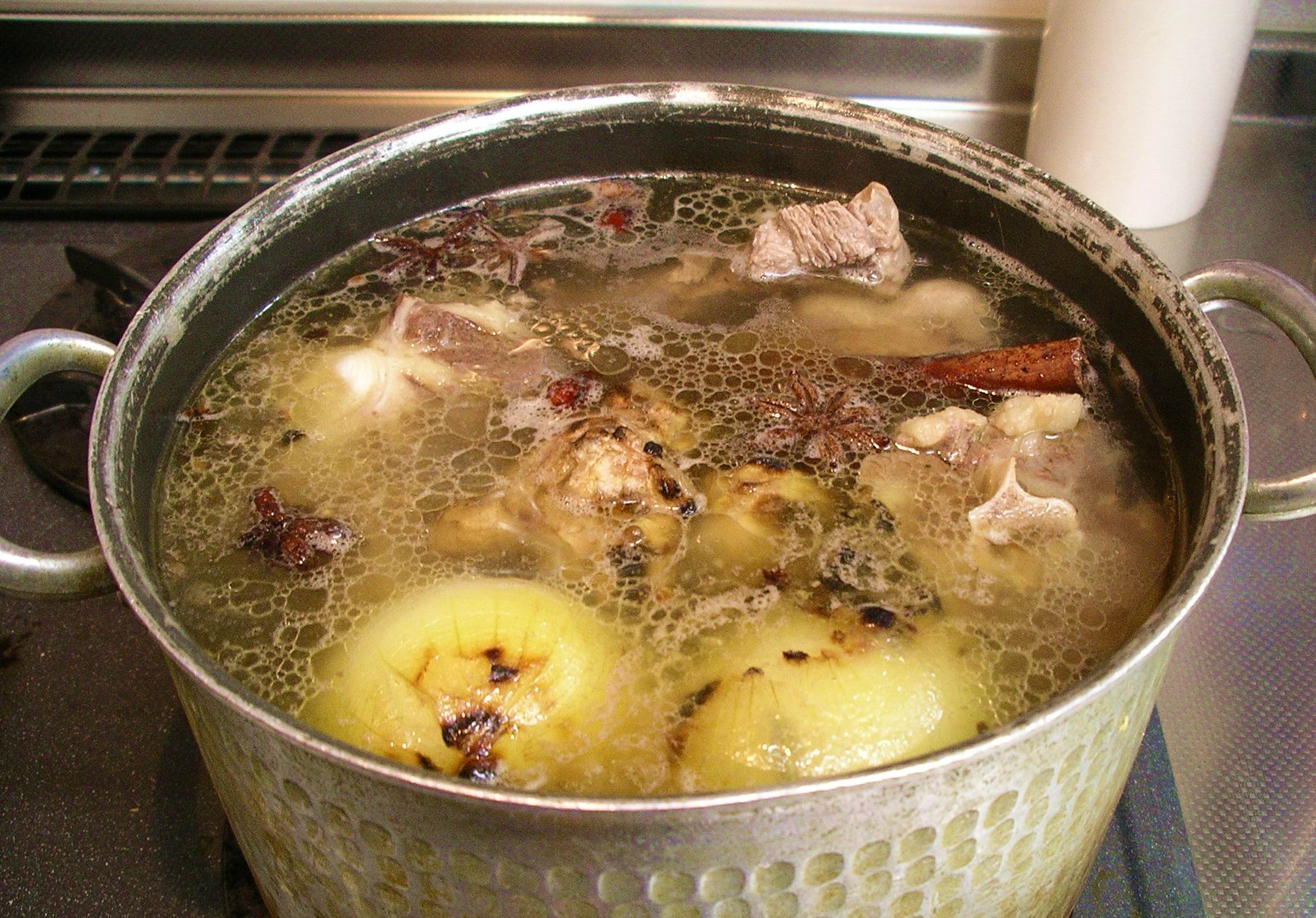
Leftover chicken and turkey bones are also fantastic for making soups and broths, says Chef Troy — but you already knew this.
Tip #4: Carrot Tops
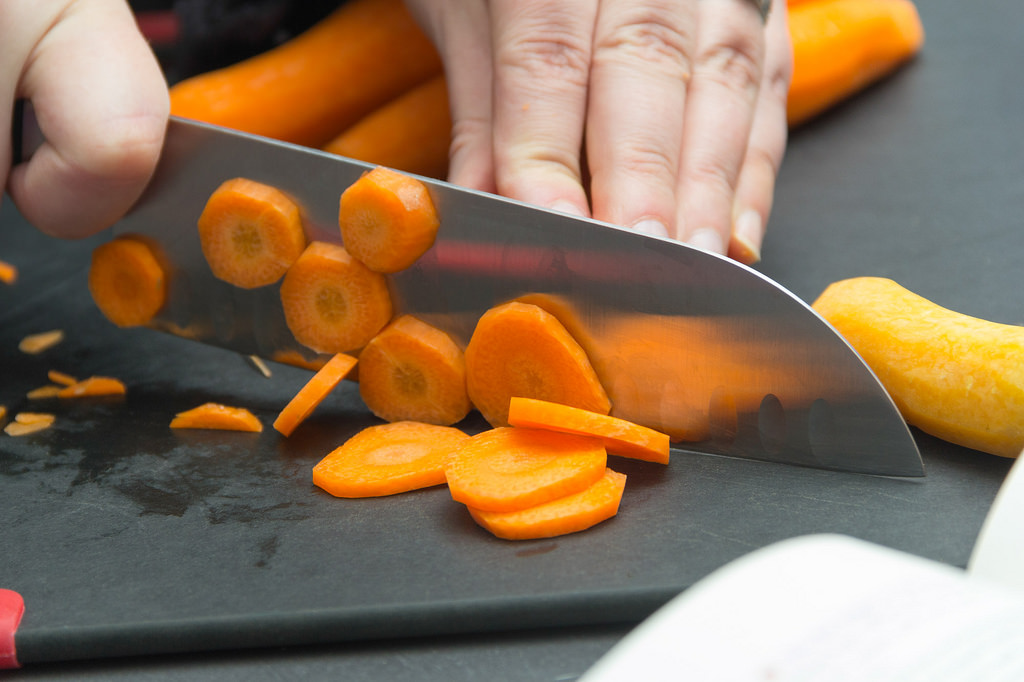
Marjorie Meek-Bradley, executive chef at Washington, D.C.'s, Ripple, which uses seasonal and sustainable ingredients, suggests grinding carrot tops and the leafy tops of root vegetables into a hearty pesto sauce.
Tip #5: Fish Heads

Chef Marjorie also recommends conserving fish heads. Debone them and make lettuce wraps with the meat.
Tip #6: Protein Trimmings
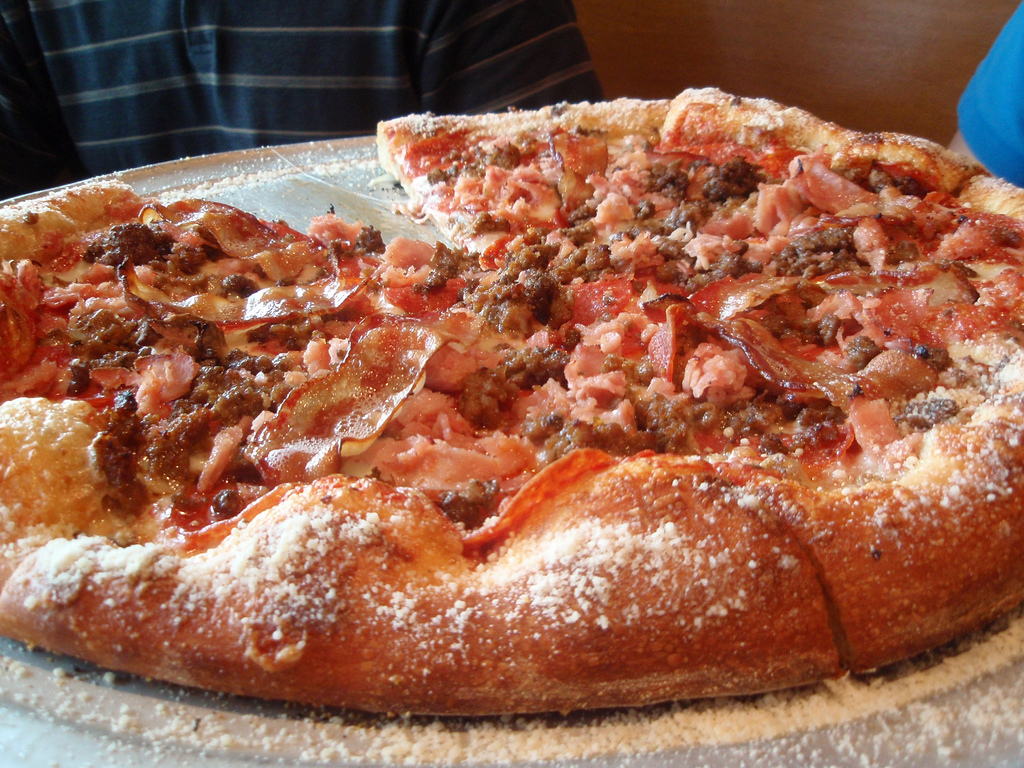
Chef Troy loves to use chicken, beef, and pork trimmings on top of tacos, homemade pizzas, and enchiladas.
Tip #7: Apple Skins And Cores
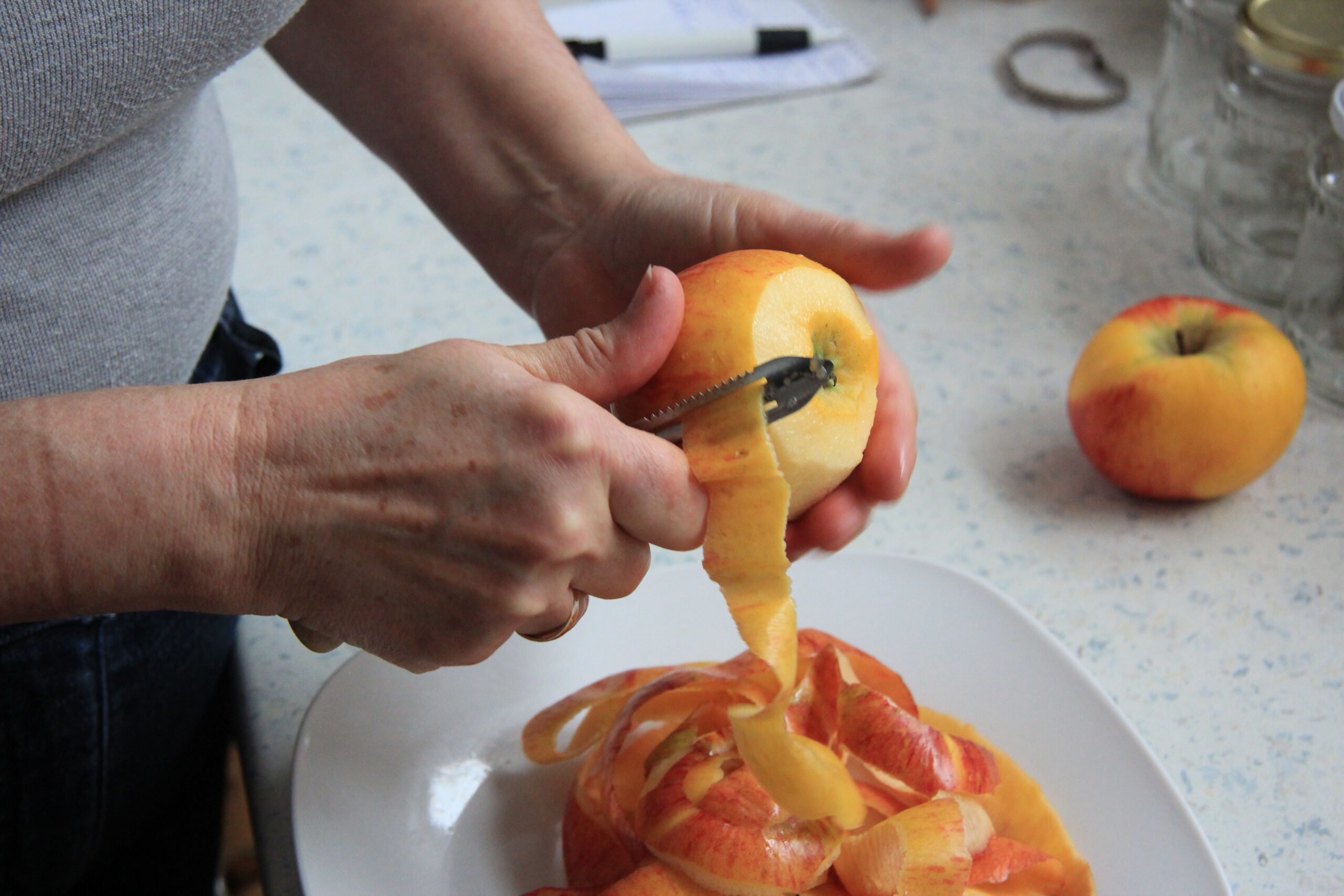
According to TODAY, chef Steven Satterfield, author of cookbook Root to Leaf: A Southern Chef Cooks Through the Seasons, suggests using apple cores and skins to make a jelly to accompany chicken dishes or cheese.
Tip #8: Brown Bananas
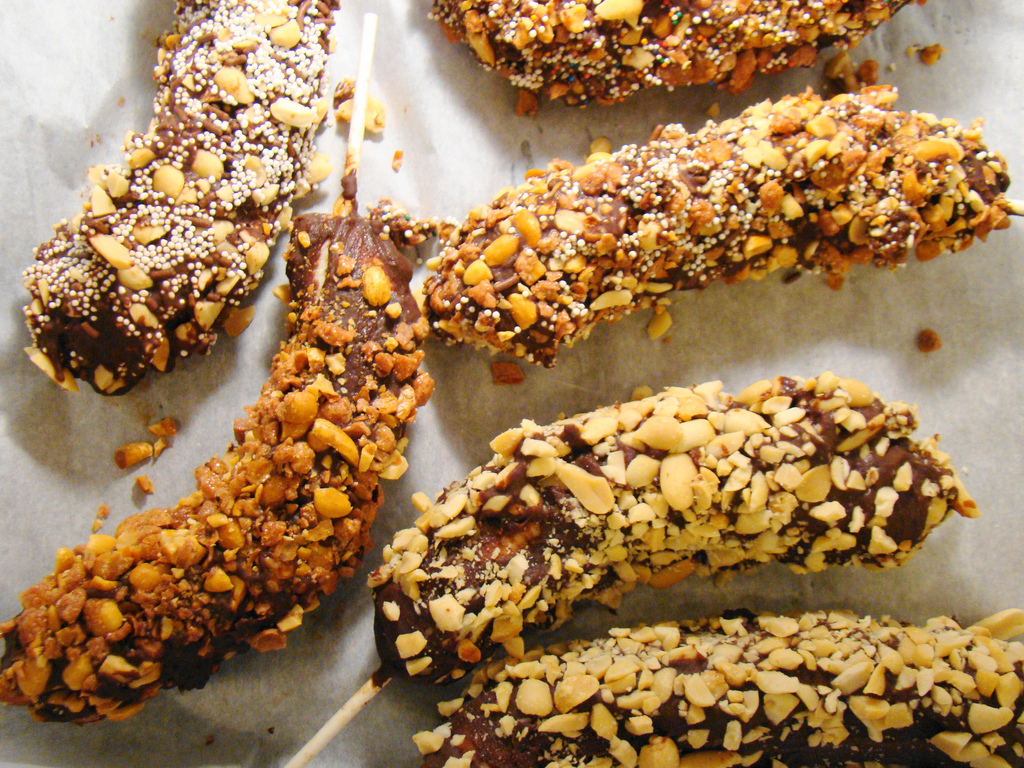
Don't throw away overripe bananas! You can use them to bake banana bread, or peel and freeze them to dip into chocolate for a great snack, according to Tiffany, who started "Don't Waste the Crumbs," a blog on recipes and healthy living.
Tip #9: Coffee Grounds
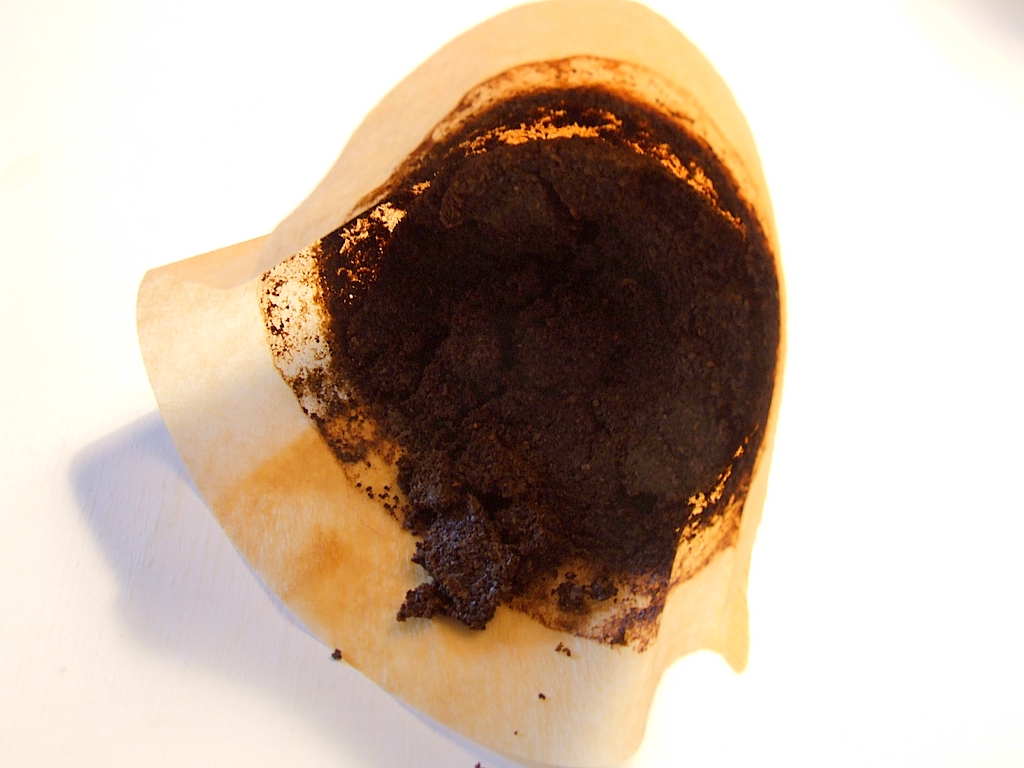
Leftover coffee grounds can be used to deodorize your hands, especially after you finish chopping garlic and onions, according to Care2, a community for healthy and green living.
Just rub the grounds on your hands, and rinse off!
Tip #10: Cucumber Peels
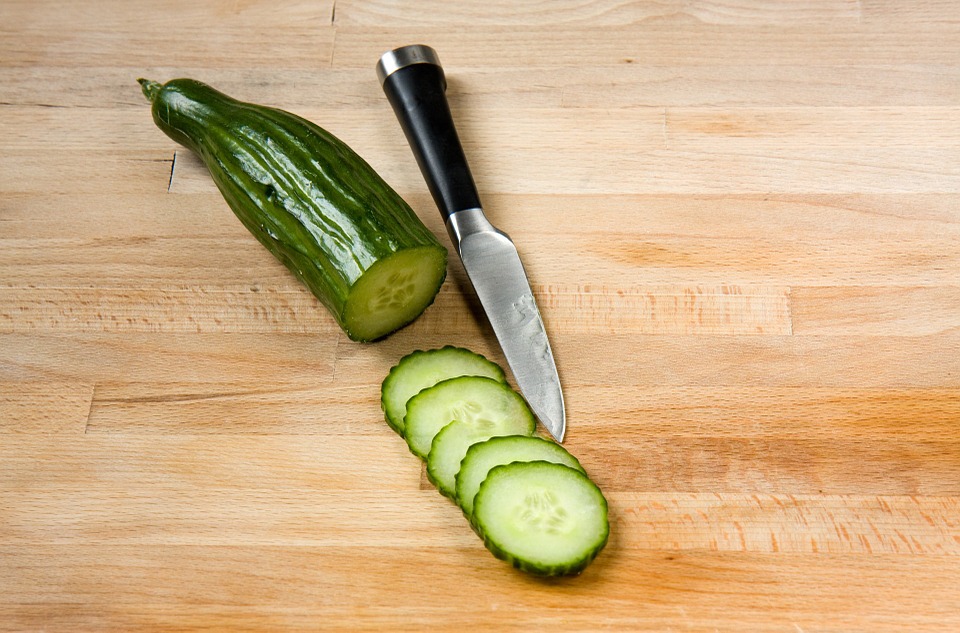
Home & Garden suggests placing cucumber peels near areas with ant and bug infestations.
Many pests have a natural aversion to cucumbers (bitter ones work best!), which work great as a natural insect-repellent.
Please SHARE these tips with friends and family who are also looking to conserve food waste!
Thumbnail: Pixabay




